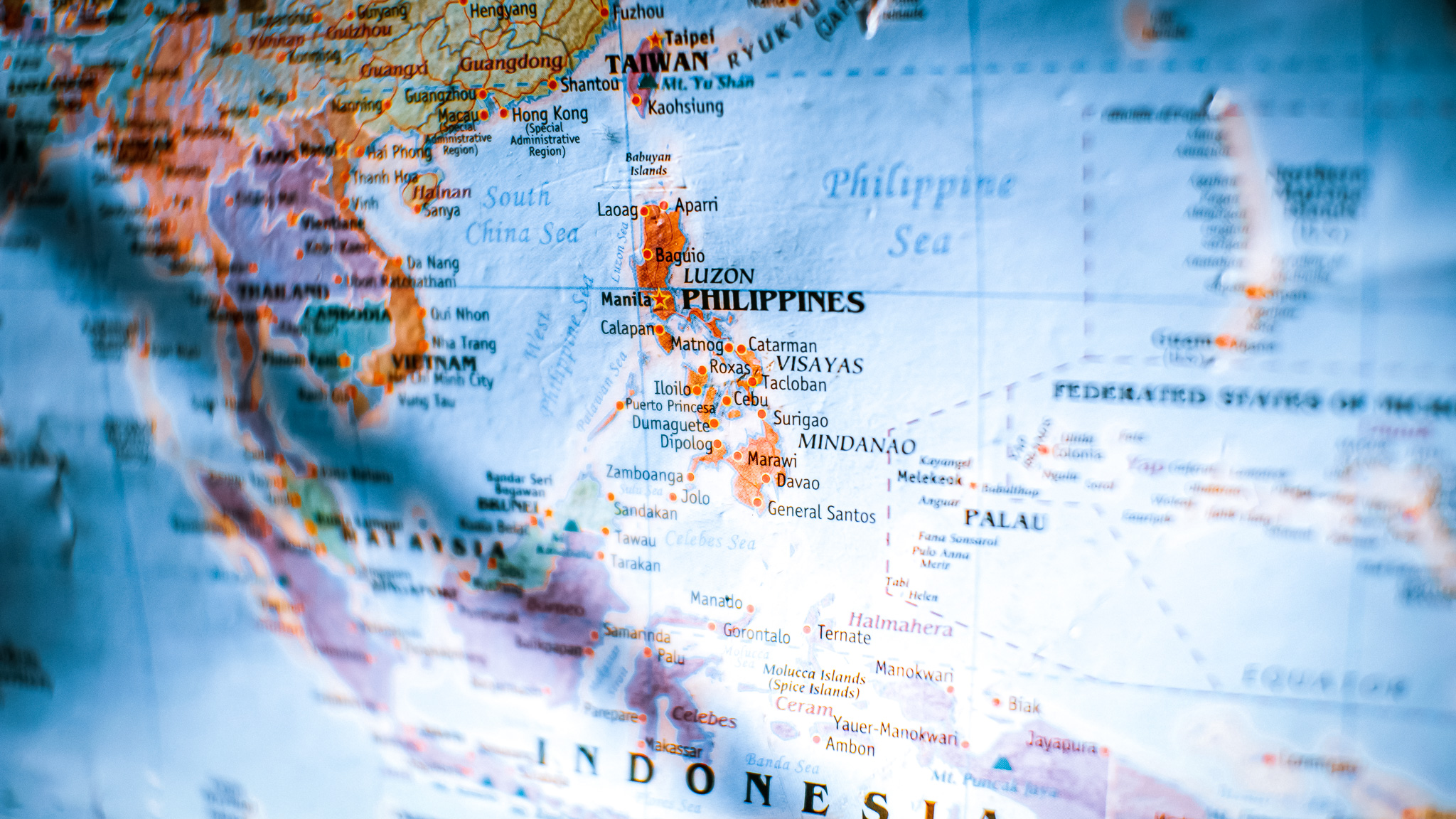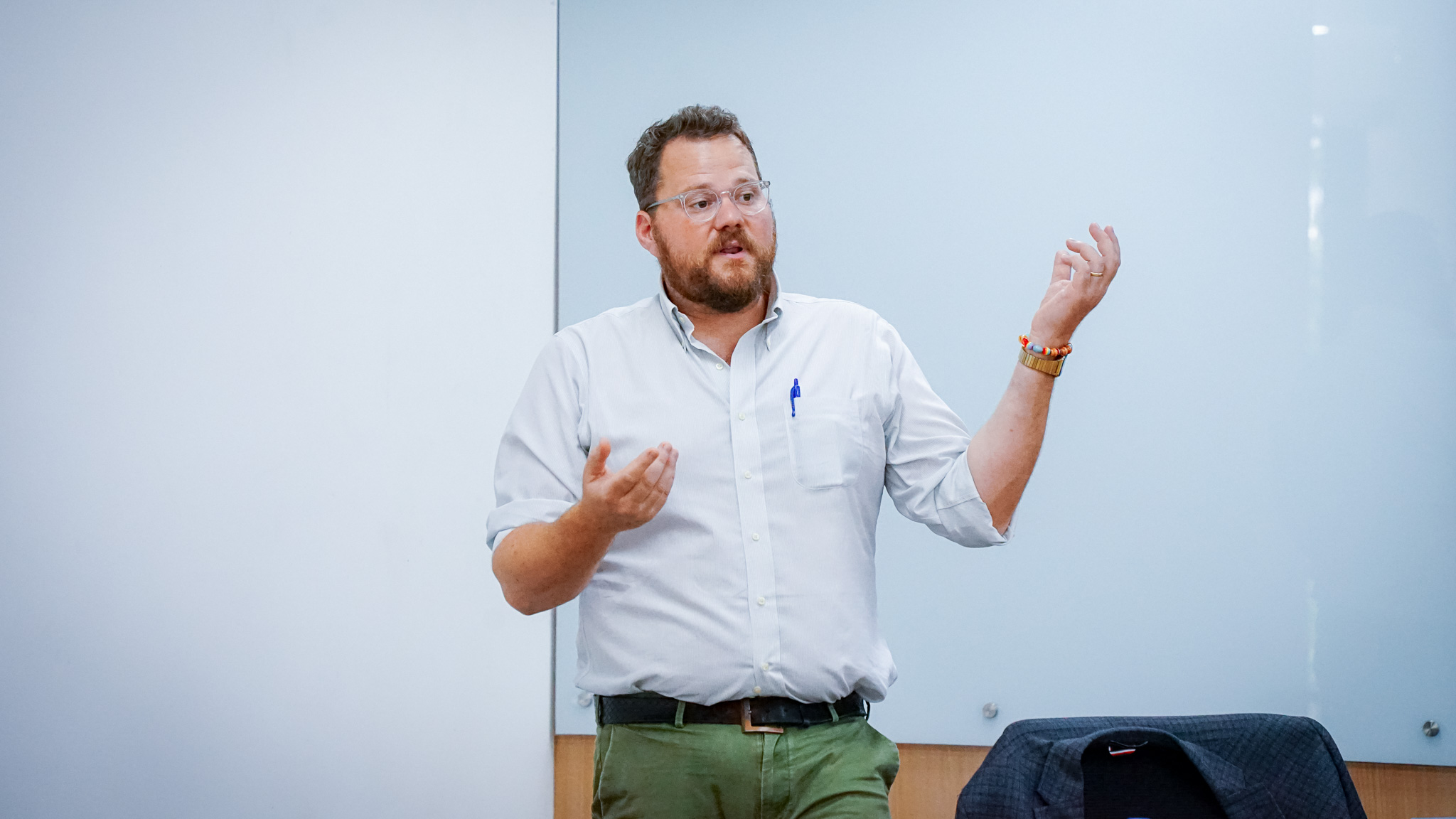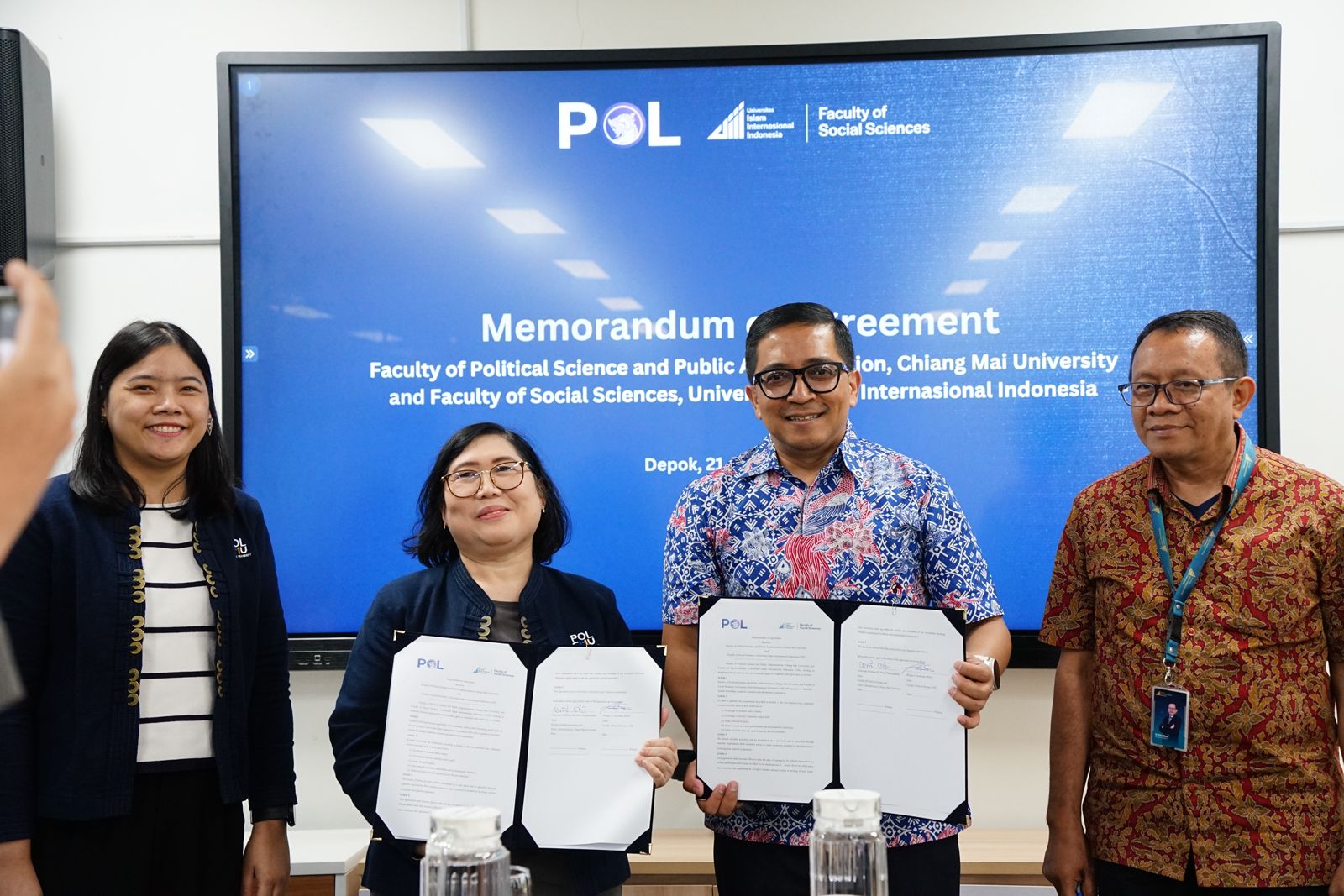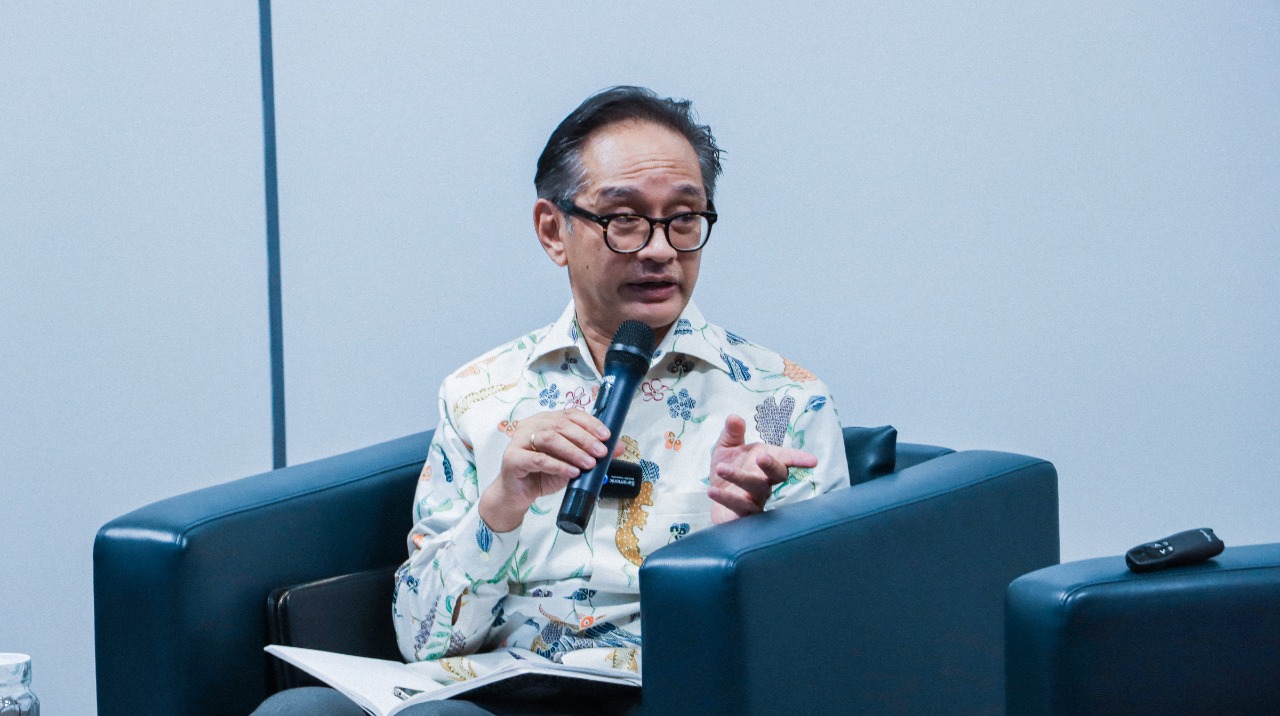Breaking Free from the Shackles of Authoritarian Nostalgia in Southeast Asia
April 11, 2023Contributor: Magello Fenis | Editor: Supriyono

If you are not following international politics, you might assume that the EU was founded way before ASEAN. But in reality, ASEAN was established in 1967, twenty-seven years earlier than the EU.
ASEAN as an intergovernmental organization has a firm policy of “non-interference in the internal affairs of member nations” – a policy that is rooted in the authoritarian past of member nations during the time of its establishment.
Although one of the aims in the ASEAN Declaration is to suppress communism and promote democracy in the region, the five founding members, Indonesia, Malaysia, Philippines, Singapore and Thailand were all under authoritarian regimes during the infancy stage of ASEAN.
At that time, Suharto had just constructed an oligarchic military dictatorship in Indonesia and served until his fall in 1998. Mahathir Mohamad controlled Malaysian politics for 22 years with a high level of concentration of power within his own office. Ferdinand Marcos’ kleptocratic dynasty had just begun while consolidating his power and extending his reach into the military hierarchy in the Philippines. In Thailand, a military junta was led by Thanom Kittikachorn, who also served as the prime minister. Meanwhile in Singapore, Lee Kuan Yew’s strongman approach had an emphasis on the cultivation of a meritocratic elite and a strong bureaucracy.
However, it seems that the latter has been an anomaly. Singapore’s impressive economic growth and modernization is unmatched. Not only in the context of Southeast Asia, but in the whole world.
That being said, Singapore is often held up as a model of economic development and good governance while justifying the undemocratic measures of Lee Kuan Yew.
Rabid supporters of the dictator Marcos were saying that the Philippines could have been like Singapore if the old man did not get ousted from power. The spread of fake news and misinformation in today’s age has been detrimental to democracy. It is not new that governments and political actors in the region since Day 1 have been using a variety of methods to discredit opposition groups and criticism, undermining the democratic process.
Besides socialist countries, I cannot think of authoritarian leaders who are still revered by their own people in the post-World War II era except in Southeast Asia.
How in the world did Mahathir Mohamad get elected again as prime minister of Malaysia in 2018, despite his controversial half-century career in politics? Are Filipinos even thinking in their right mind about electing the namesake of the fascist Marcos in last year’s elections via landslide win? Some Indonesians are even heralding the legacy of the New Order, arguing that Suharto was able to maintain political stability and national unity while turning a blind eye on human rights abuses, suppression of political dissent and widescale corruption.
The development of grandiose government buildings in the Philippines in the 1970s is a showcase of “edifice complex”. According to Behn Cervantes, these lavish large-scale infrastructure projects are not only a demonstration of power, wealth and prestige but also viewed as a form of vanity or a desire for recognition and validation. In some cases, people view such things as a symbol of progress for their country and even pride as their government were able to build those.
Yet in reality, dictators use these projects to flex their own muscles in order to legitimize their rule and suppress dissent by associating their leadership with fake developments. This kind of extravagance diverts not only attention but also resources away from more pressing social issues. As these grand edifices are erected, poverty continues to affect more people each day.
Breaking free from the shackles of authoritarian nostalgia is not an easy feat, especially as the legacy of authoritarianism often lingers long after the regime has been removed from power. Even freedom-loving and anti-corruption citizens are hesitant to combat the widespread culture of fear as post-authoritarian regimes also created a society with propaganda, repression and inequality at the forefront.
Culturally, the issue of breaking free from these shackles is made complicated by the region’s strong familial and traditional cultural values. Disrupting the traditional order of things which includes speaking out against the status quo is considered as a betrayal of important values of society.
However, it is important to break this cycle as we should connect the upholding of democracy and human rights to these traditional values. Through engagement with everyone in discussions and education programs which seek to promote the universality of fairness and justice, Southeast Asia will then realize that authoritarianism goes against traditional values more than expressing dissent and resistance.
Let us not forget that if Germany had Hitler who systematically exterminated millions of Jews, Southeast Asia does have Pol Pot of Cambodia (formerly Kampuchea) who wiped out a huge portion of his own country. While both were responsible for the deaths of millions of people, Pol Pot’s victims were not as remembered by the Western media. Unfortunately, Pol Pot is not as notorious as Hitler.
One way of moving forward from the trauma of the past is for us citizens to create a new narrative for the future world and it starts by ditching the stories sold by the authoritarian past. This is not to say that we must forget about them as holding dictators accountable for their crimes against humanity is an important step in the healing process of a nation.
Nonetheless, there will always be hope. The fight to defend democracy in Southeast Asia shares many similarities with the struggles for democracy in other parts of the world. In a world full of chaos and uncertainty, they say that the only thing that
remains constant is change.
History does not usually repeat itself. We only allow it to happen again.
- UIII Extends Application Deadline for 2025 International Admissions
- What Does Eid al-Fitr Mean for the UIII Academic Community?
- UIII PhD Scholar Ararat Kostanian Delivers Lecture at Armenia's Yerevan State University
- Swedish Ambassador to Indonesia Applauds UIII’s Vision, Explores Future Collaboration
- Depok Mayor Supports UIII as the Green Lung of Depok and Beyond
- Depok Mayor Pledges to Build Performance Hall at UIII
- New Parking Facility Launched, Part of UIII-Sentra Medika Hospital Partnership
- Yogyakarta’s UII Won 1st FisFastFest’s Clash of Campuses
- Vice Minister of Religious Affairs Praises UIII as a Global Hub for Islamic Education
- Hurray!! UIII Wins Football Championship


